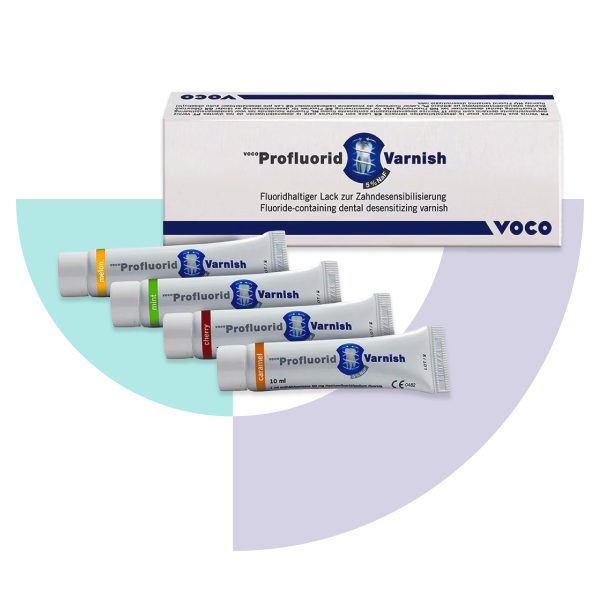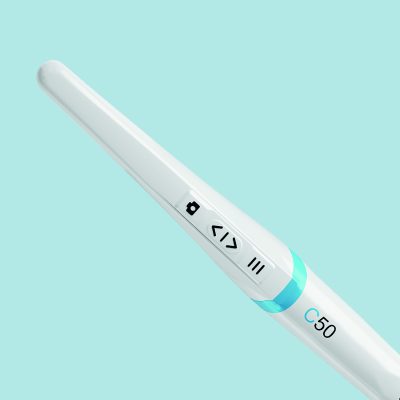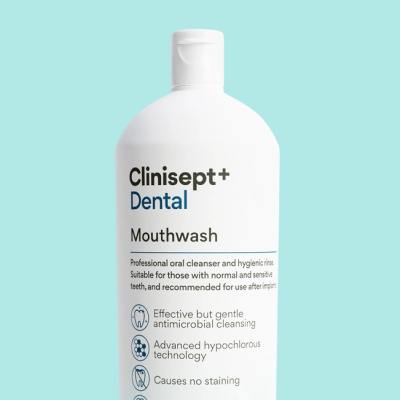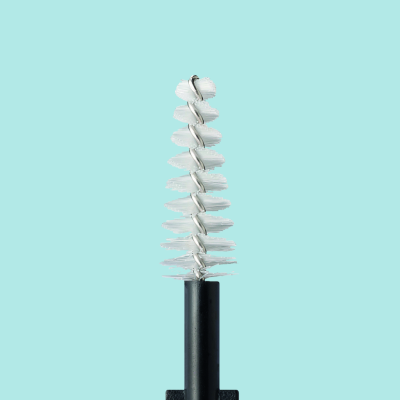Fluoride varnish is used predominantly on children, and some practices are now choosing to apply fluoride varnish to all children attending appointments. It is used predominantly on children, and some practices are now choosing to apply fluoride varnish to all children attending appointments. Advice from Public Health England recommends that all children aged 3 years and over have fluoride varnish applied at least twice a year. Informed consent must always be given by the patient or parent/guardian.

What Is Fluoride Varnish Made Of?
Fluoride varnish is composed of a high concentration of fluoride in a fast drying, alcohol and resin-based solution. The fluoride content of a varnish is commonly referred to as parts per million (ppm) or as a percentage. The active ingredient of most fluoride varnishes is usually 5% sodium fluoride, (22,600 ppm fluoride), though some variants contain only 2.5%.
Why Is Fluoride Varnish Used On Children?
Fluoride varnish treatment is especially recommended to children because of its ability to protect the teeth from cavities and tooth decay.
Tooth decay is the most common reason for children aged five to nine to be admitted to hospital in the UK and is one of the most prevalent chronic diseases among children worldwide. In 2019/20 alone there were approximately 37,000 hospital admissions of children to extract decayed teeth in 2019-20.
Fluoride varnish treatment is quick, non-invasive, painless and therefore an easy application on most children. The recommended dose of fluoride varnish for children is 25ml per child in Nursery and Primary and 4ml per child in Primary 2 and above.Can Adults Get Fluoride Varnish Treatment?
Absolutely. It is not only children who can benefit from fluoride varnish. While it may not be important for everyone to continue fluoride treatment into adulthood, patients who are more at risk of cavities and tooth sensitivity can benefit from regular in-office fluoride application.
Fluoride Varnish Application Best Practice
Fluoride varnish is applied directly onto the tooth surface with use of a small soft brush. It is recommended that fluoride varnish be applied to as many tooth surfaces as possible for the enamel to fully benefit.
During application the teeth should be kept dry. This is often achieved with the use of cotton wool rolls. Fluoride varnish treatment only takes a few minutes when done correctly. NHS guidance recommends that patients avoid eating or drinking for approximately 30 minutes after treatment. For best results, they should avoid hot and sticky foods for 4 hours and stick to a soft diet for the rest of the day.
Toothbrushing should be restricted to the morning after treatment. At this point the varnish should come off easily when brushed with toothpaste and any discolouration should also disappear.
What Other Benefits Does Fluoride Varnish Provide?
- Fluoride penetration into enamel helps protect the teeth for several months after treatment.
- Dries rapidly and sets even in the presence of saliva.
- Suitable for use in patients with a strong gag reflex as it does not require trays.
- Can help patients suffering from sensitivity from tooth whitening treatment.
- Available in a variety of flavours to make treatment more pleasant for patients.
Is Fluoride Varnish Treatment Safe?
Despite the high fluoride concentration, the amount of varnish applied during treatment is very small. Because of this and how well the varnish adheres to the enamel, almost no fluoride is swallowed and therefore the risk of dental fluorosis is minimalised. An appropriate medical history should be taken and a risk assessment should be carried out. Children showing obvious signs of systemic illness (e.g. colds, flu) or any abnormality of the face, lips or soft tissues of the mouth should be excluded on the day from fluoride varnish application.

Who Can Administer Fluoride Varnish Treatment?
Fluoride varnish treatment should only be administered professionally in a dental practice. Without this, patients are at risk of unsafe levels of fluoride and experiencing side effects. Treatment can be carried out by a dentist or under the prescription of a dentist by a dental therapist or hygienist. According to the General Dental Council (GDC), dental nurses can also carry out fluoride varnish application on prescription from a dentist or via a dental health programme.
Characteristics To Look Out For In Fluoride Varnish
Profluorid Varnish From Voco
This product ticks every one of these boxes and is available in 5 unique, child-friendly flavours (melon, mint, cherry, caramel and bubble gum). Get a free 10ml tube of Profluorid Varnish when you purchase any five flavours (available to dental professionals only).














